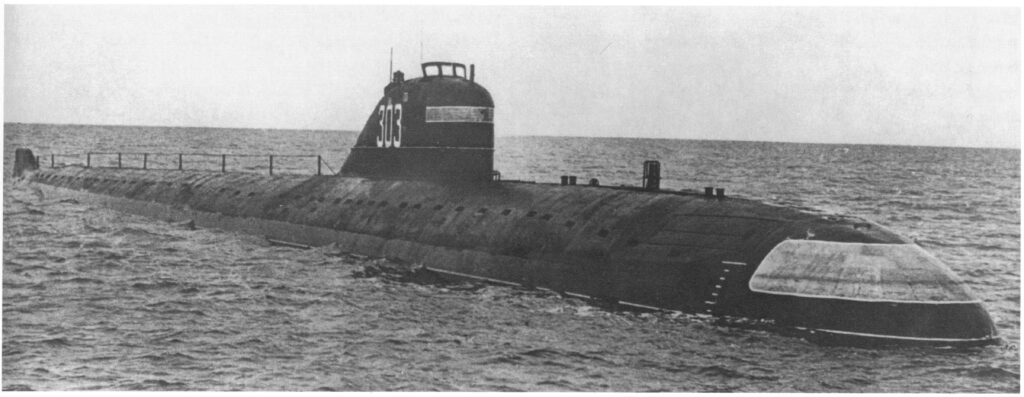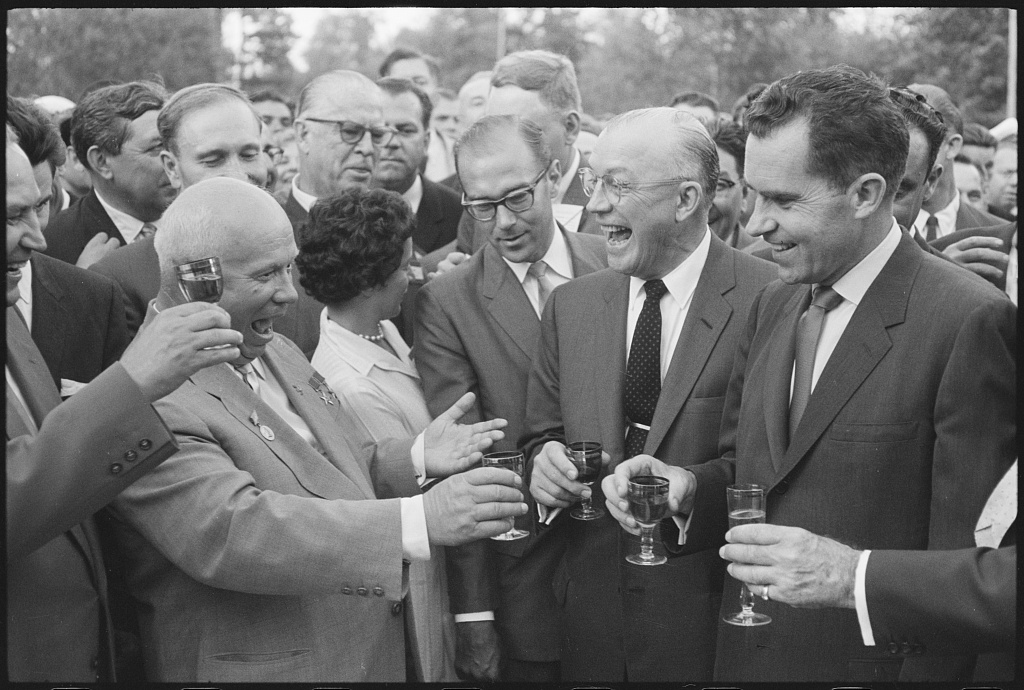In 1989, war was on the minds of a lot of the world’s population. The Berlin Wall was coming down, the Cold War would be declared over in the latter part of the year, and students flooded into China’s Tiananmen Square, protesting their lack of freedom.
With all of this going on, it’s not surprising that private companies might want to get a foothold in the military market.
One company that, for a brief time, was rumored to have become the sixth biggest Navy in the world stood out from all the rest. Not because they were doing anything new or innovative but because the mere existence of a Pepsi Navy boggled the mind.
That’s right. In 1989, PepsiCo had a navy all its own, dubbed the Pepsi Navy in the media, and it was all thanks to one country’s love affair with the fizzy soda.

From Russia to Pepsi, With Love
In the center of the Cold War, there was a different sort of battle brewing–the Cola Wars. The long-winded rivalry between the Coca-Cola Company and PepsiCo started in the late 1970s and continues on even to this day.
Advertisements and public taste tests can only go so far, though. When they were both up-and-comers in the food and beverage industry, both companies looked outside the borders of the United States for fresh new markets to tap.
While Coca-Cola ruled the market in Europe, PepsiCo had subtly planted the seeds for a Russian takeover a decade or so before.
It all started when, in 1959, during the American National Exhibit in Moscow, Richard Nixon produced a sample of Pepsi for Soviet Leader Nikita Khrushchev. Nixon had been spurned on by the man who would be the future CEO of PepsiCo, Donald Kendall.
While accounts vary concerning Khrushchev’s opinion on the soda, ranging from merely skeptical to the Soviet Leader enthusiastically downing seven cups of the stuff throughout the night, there’s no doubt that this simple drink sample carved out a niche for Pepsi in Soviet Russia.
At the time, nearly no American companies were doing business in Russia, but after some political dealings headed by Nixon, who was now President, a deal was struck. In 1972, PepsiCo would be the first, and for a long time, the only American soda in Russia.

While it may seem odd that the President of the United States would help facilitate a deal like this, there was a history behind the alliance. It was Kendall who insisted that Nixon have Khrushchev sample Pepsi, and the photo snapped of the three drinking the beverage made national news.
Later, Kendall would help Nixon secure funding for his successful presidential campaign after a previous disappointing loss.
This friendship was at the forefront of Nixon’s mind when it came time to broker a deal to get Pepsi into the Soviet Union.
First Vodka for Soda, and then Ships for Soda: The Pepsi Navy is Born
Soft drinks like Coca-Cola and Pepsi might be the iconic American beverage, but for Russia, vodka has always reigned supreme. This is why, when Pepsi was set to get a foothold in the USSR, they weren’t receiving money as payment–they were bartering for vodka. Stolichnaya vodka, to be exact.
The Soviet ruble, at the time, had no value outside of Russia’s borders. That being said, they still wanted to partake in the Pepsi arrangement, and for years, everything worked out well.
But by the 1980s, it became clear that Russians drank a lot more soda than Americans did vodka, leaving Pepsi with a somewhat useless vodka surplus. Thus, a new deal had to be worked out.
The USSR still didn’t have money for PepsiCo, but there was something else that they had an abundance of besides alcohol: warships. In 1989, the infamous trade was approved–naval vessels for Pepsi.
In truth, PepsiCo never actually got its hands on the ships themselves but instead worked as a middleman between the Norwegian shipping company and the USSR. Pepsi retained a portion of the sales of the ships, along with their usual Stolichnaya vodka trade, and this was used as the currency for more Pepsi soda.
The list of ships in the short-lived Pepsi Navy included:
- 17 Submarines and surface vessels
- 1 frigate
- 1 Cruiser
- 1 Destroyer
The ships, especially the submarines were found to be in disrepair. In truth, though, Pepsi never intended to keep the ships at all. To them, their temporary Navy was just another way of making a profit.
One year later, PepsiCo made yet another seaworthy deal with the USSR. Kendall was more than happy to sign the contract, which was projected to be worth quite a bit more, almost three billion dollars.
This time around, the deal was for ten or more Russian-built oil tanker ships and even more vodka. Unfortunately for Kendall, this deal fell through with the collapse of the Soviet Union, so there was no Pepsi Navy 2.0.
The Legacy of the Pepsi Navy
The most interesting fact about the Pepsi Navy is that, at the time, it was reported to be the sixth-largest naval fleet in the world. Unfortunately, this fascinating fact is actually a fallacy.
While Pepsi’s brief possession of 17 submarines tied them with India at the time, Pepsi’s submarines were broken down, obsolete vessels.
So what happened to the Pepsi Navy in the end? Unfortunately, the submarines and other vessels bought by PepsiCo were quickly scrapped.
Even then they didn’t bring in much cash, with experts estimating that the submarines were only worth around $150,000 a piece.
Although PepsiCo was never the fighting force that the internet likes to believe it was, the story of the Pepsi Navy still sticks in the minds of a lot of military history aficionados. It is, undeniably, a fun story that is rooted in reality.
Even to this day, Russia is Pepsi’s third largest market, behind the United States and Mexico, so whatever unconventional methods they used to gain popularity in Russia worked out for them in the long run.
References:
“The Doomed Voyage of Pepsi’s Soviet Navy”, https://foreignpolicy.com/2021/11/27/pepsi-navy-soviet-ussr/
“Pepsi Once Had the 6th Largest Navy In the World” https://www.warhistoryonline.com/instant-articles/pepsi-once-had-the-6th-largest-navy-in-the-world.html

